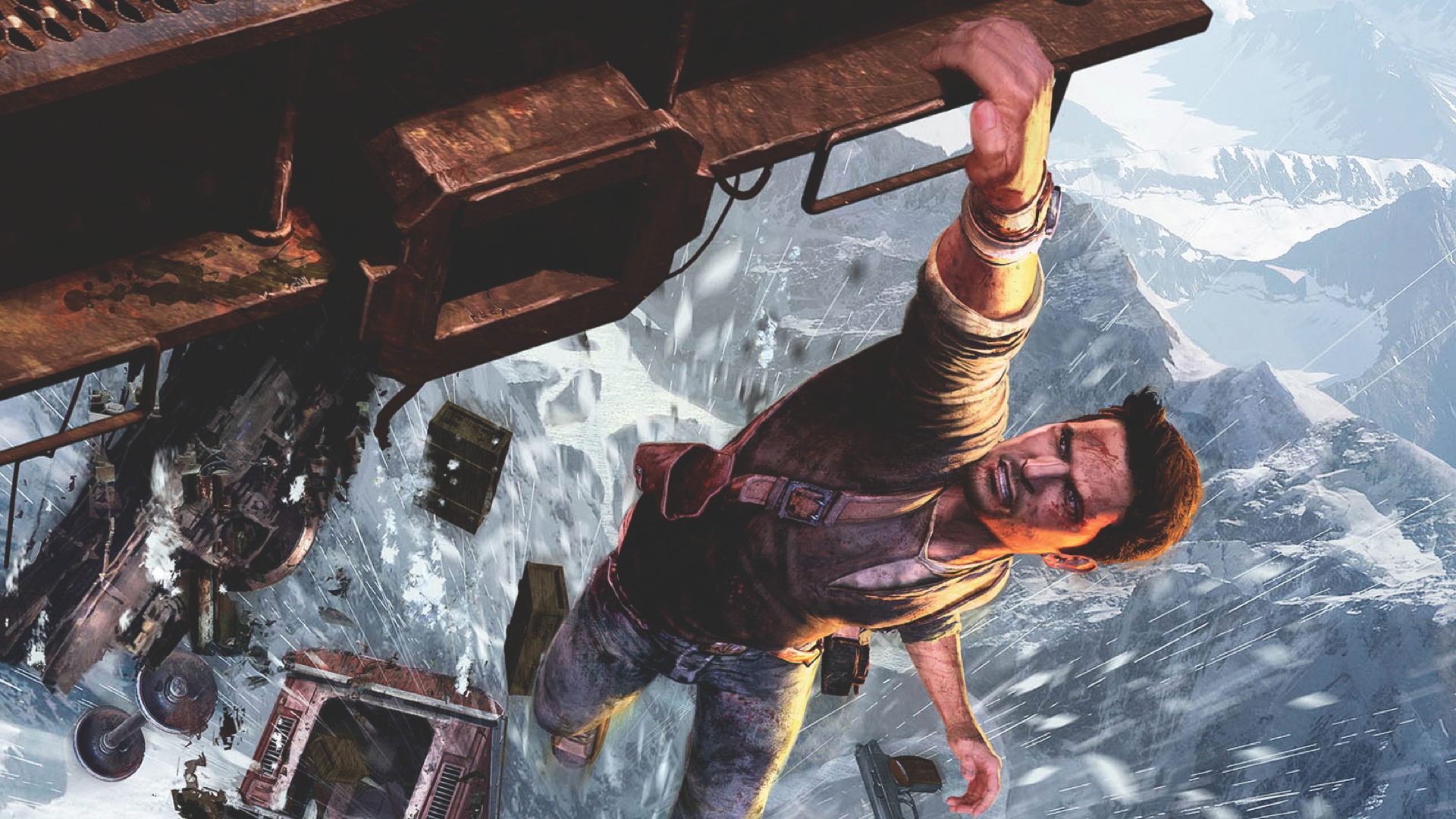LectureMaster
Has Man Musk

"I thought PlayStation was finished": Former Sony boss says TV sales were the only thing that could save the company when the PS3 was "losing a billion dollars"
Hanging on for dear life
Former PlayStation boss Shuhei Yoshida reveals that the PS3 lost Sony one billion dollars - but fortunately the company's TVs were selling well enough to offset the loss. You've got to diversify your income, folks.
In an interview with GamesBeat, Yoshida talks about the troubles that faced the PS3. "The second year of the original PlayStation was very hard," Yoshida remembers. "I was very concerned. PS3 was another hard time. At the time I was part of management, so I could see the financials. We were losing a billion dollars. I thought PlayStation was finished."
Even for a company as big as Sony, a billion dollars back in the mid-2000s was a hefty chunk of change. "But luckily, at that time Sony's flatscreen TVs were hugely popular," Yoshida says. "The TV group was making enough money to cover the losses from the PS3 and we were able to survive. But that was the most difficult time."
Sony and Microsoft both bankroll PlayStation and Xbox, and both companies do a lot more than just make video games, so it's nice to see that they'll sometimes cover the gaming division's losses rather than just lay off thousands of people.
Another tough time for the PS3 was the PSN outage, Yoshida notes. I remember that. It was horrible having to actually do homework instead of playing Call of Duty with my friends. We did all get a couple of free games from Sony as an apology, though.
"It lasted months," Yoshida remembers. "It's unbelievable how hard that was internally."
Fortunately for Sony, the PS4 put the company back ahead of the Xbox. Suddenly, all my friends who had 360's were skipping the Xbox One and making the jump to PlayStation. I've been a lifelong Sony pony, mostly because my mum bought me a PS2 and then a PS3 because the numbers made sense. I felt like the PS3 was lagging behind Xbox at the time, but who was I, an unemployed 11-year-old, to tell her that most of my friends had an Xbox 360?
"We loved the system," Yoshida remembers. But there were still some surprises that developers had to deal with. "Up to PS3, the system was already designed. Even our first-party development teams were notified after the fact. One day we were told, 'The next controller has a motion sensor.' What? They asked us to create a demo a week before E3. Make a demo with this motion sensor. They kept everything secret. I couldn't believe they did that. The Warhawk team did it, and Ken loved it. But that was the relationship. It was like the Great Wall of China."
Luckily both PlayStation and Xbox have survived the trials and tribulations of the 2000's and are still going strong today. It's predicted that Nintendo is going to be ahead of both companies in the next console generation though, and whoever is in third place will struggle greatly. Maybe that's why Xbox seems to be working on making its games available on more platforms.
[/HR]






